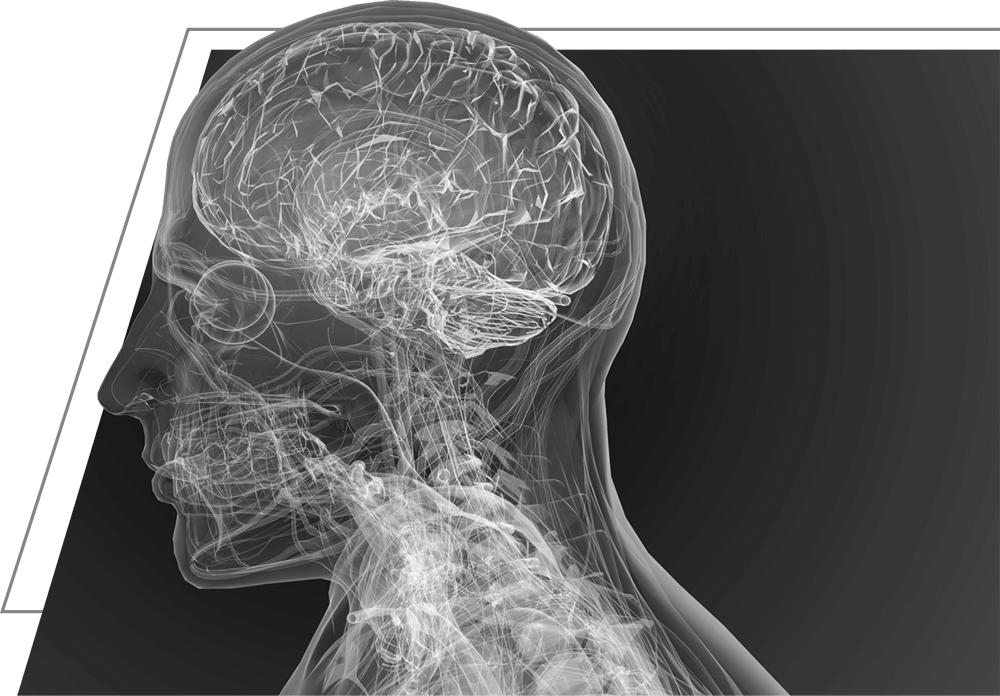
Chiari Malformation
- Degenerative Disc Disease
- Herniated Disc
- Lower Back Pain
- Neck Pain
- Sciatica (Lumbar Radiculopathy)
- Spinal Arthritis
- Spinal Deformities
- Spine Infections
- Spinal Stenosis
- Spine Trauma and Spinal Cord Injuries
- Spinal Tumors and Cancer
- Spondylosis
- Tingling in Arms (Cervical Radiculopathy)
- Upper Back Pain
What is a Chiari malformation?
Chiari malformations are structural defects in the base of the skull and cerebellum that cause a condition in which brain tissue extends into the spinal canal. Part of the skull is misshapen or smaller than normal and presses on the brain, forcing it downward. This occurs most frequently during the fetal development of the brain and spine.
In the 1890s, a German pathologist, Professor Hans Chiari, first described abnormalities of the brain where the skull and the spine connect. He categorized them in order of severity as types I, II, III and IV. Type I is the most common, clinically presenting in adolescents and adults.
What are the symptoms of a Chiari malformation?
Symptoms of a Chiari malformation may include:
- Balance problems
- Severe head and neck pain
- Sleep apnea
- Dizziness
- An occipital headache felt at the base of the skull made worse by coughing, sneezing or straining
- Loss of pain and temperature sensation of the upper torso and arms (because of a syrinx)
- Loss of muscle strength in the hands and arms (because of a syrinx)
- Drop attacks – collapsing to the ground due to muscle weakness
- Spasticity
- Double or blurred vision
- Hypersensitivity to bright lights
Chiari Malformation Surgical Treatment
If the Chiari malformations are asymptomatic and don’t interfere with daily activities, then only regular monitoring by a physician with diagnostic imaging may be needed. Medications may be prescribed to ease headaches and pain.
In many cases, Chiari malformation surgery is the only treatment option to relieve symptoms or stop further damage to the central nervous system. More than one surgery may be needed to treat the condition. Dr. Fayaz and The Brain & Spine Institute of North Houston can improve or stabilize symptoms in most individuals with his advanced surgical techniques.
The most common surgery to treat Chiari malformation is posterior fossa decompression, which creates more space for the cerebellum relieving pressure on the spinal cord. This surgery should help restore the normal flow of spinal fluid. It involves making an incision at the back of the head and removing a small portion of the bone at the bottom of the skull ( craniectomy ). In some cases, the arched, bony roof of the spinal canal, called the lamina, may also be removed ( laminectomy ).
Craniectomy for Chiari Malformation (Foramen Magnum Decompression)
This surgery makes more space for your brain tissue. It’s used to treat a condition called “Chiari malformation.” That’s when part of your brain pushes down out of your skull and into your spinal canal.
If you are in the North Houston, Conroe, The Woodlands, Spring area and believe you need to see a brain specialist for a Chiari malformation, call our office at 281-880-0700 to schedule an appointment with Dr. Fayaz.